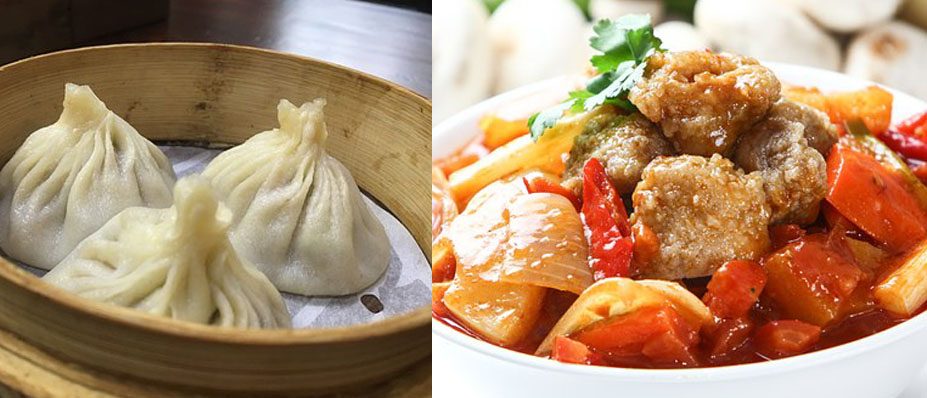How many times have you claimed that Chinese is your favourite cuisine or how many times have you ordered for your favourite noodles and chilli chicken without even looking at the menu? No matter how many zillion of times, you have sworn allegiance to the cuisine from our neighbouring country, the fact remains that there are many aspects of Chinese food that we are unaware of. In fact, the food that we eat is an Indianised version and is very different from the authentic fare. Here are some interesting nuggets of information.
Soupy tales
We bet you begin your meals with soup. That’s not what the Chinese do. Unlike other cuisines, soup is part of the last course in a Chinese meal. The Chinese feel soup aids in better digestion and hence should be partaken towards the end.
Wide vegetable variety
If you think there aren’t many vegetarian options in Chinese food, you are hugely mistaken. Chinese eat far more vegetables than Westerners. They grow a wide range of vegetable such as bitter cucumber, pomeloes, tree fungi, varieties of
Everything is bite-sized
All food must be bite-sized so that it can be eaten with chopsticks. Chinese do not eat with fork and knives as they consider them to be weapons and eating with them is looked upon as barbaric. All food is chopped into bite-size pieces and cooked.
The rice/wheat divide
The rice/wheat divide is very prominent in China. People in the colder Northern regions eat mostly wheat in the form of dumplings, noodles, steamed buns, etc. and people in the relatively hotter Southern regions eat rice. If you visit Southern
Bones are to be eaten
Usually whole animals are served at meal times because Chinese do not like to waste anything. The bones are cooked and made soft enough to be chewed but at times when that can’t be done, they chew and spit it out onto a side plate.
The fortune cookie is unknown in China
Fortune cookies are served in all Chinese restaurants worldwide except China. This is because fortune cookies originated in the 1900s in San Francisco and got popular thereafter. Some historians have also traced Japanese origins for the cookie but there’s no evidence of it in China.
Myriad flavours
Chinese food has the widest range of flavours. According to Chinese medicine it has five key flavours—sweet, salty, bitter, sour and spicy that need to be balanced. The flavours differ from regions to region, for instance Sichuan food is known to be hot and spicy while Fujian cuisine is sweet and sour and Cantonese cuisine focuses less on spices and more on retaining freshness and natural flavours of ingredients.
The same food different versions
In China, the same food can be cooked in a number of ways, like chicken can be fried, steamed, stir fried, pickled in brine, deep fried, roasted, sautéed, so on and so forth.
Source: femina.in



Contact Us